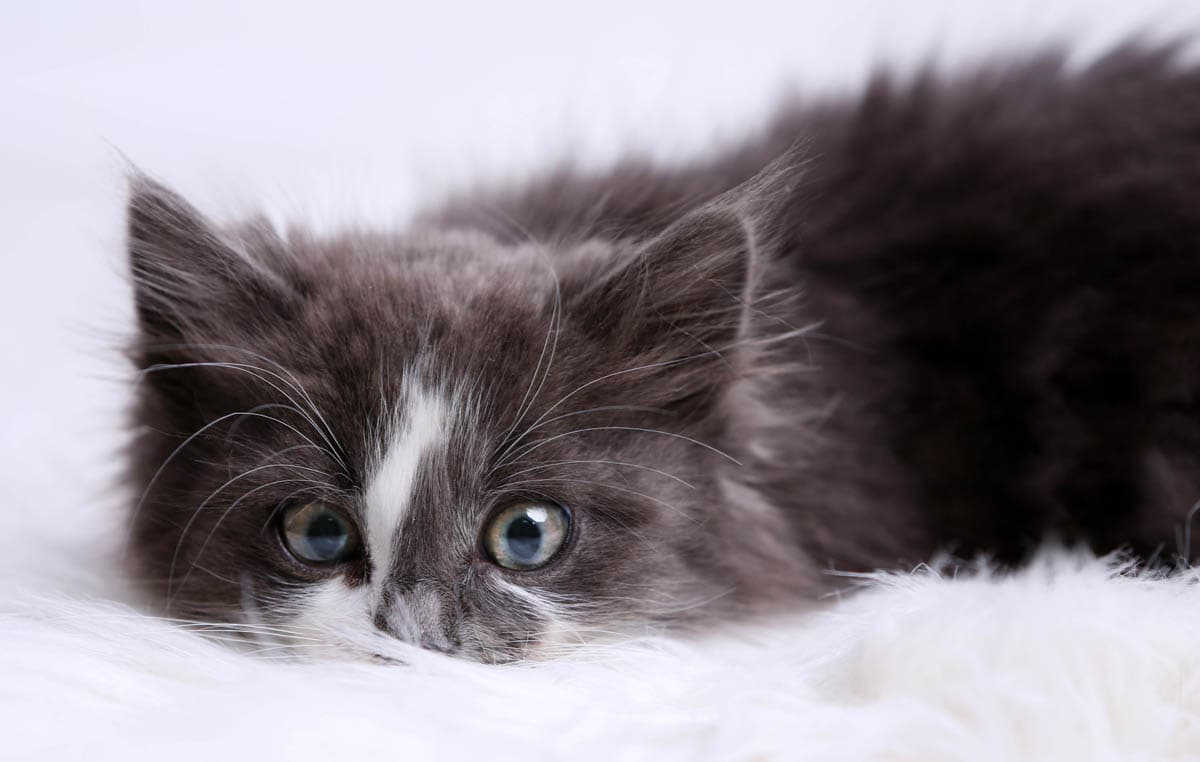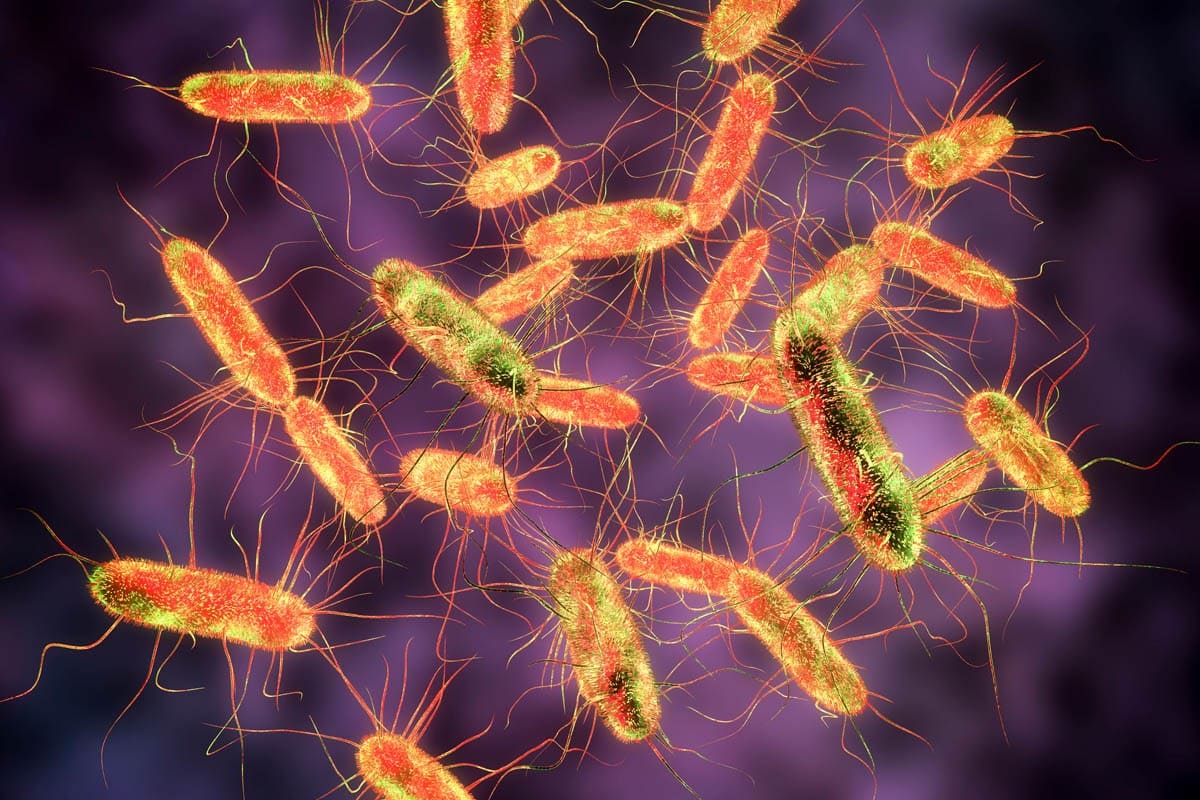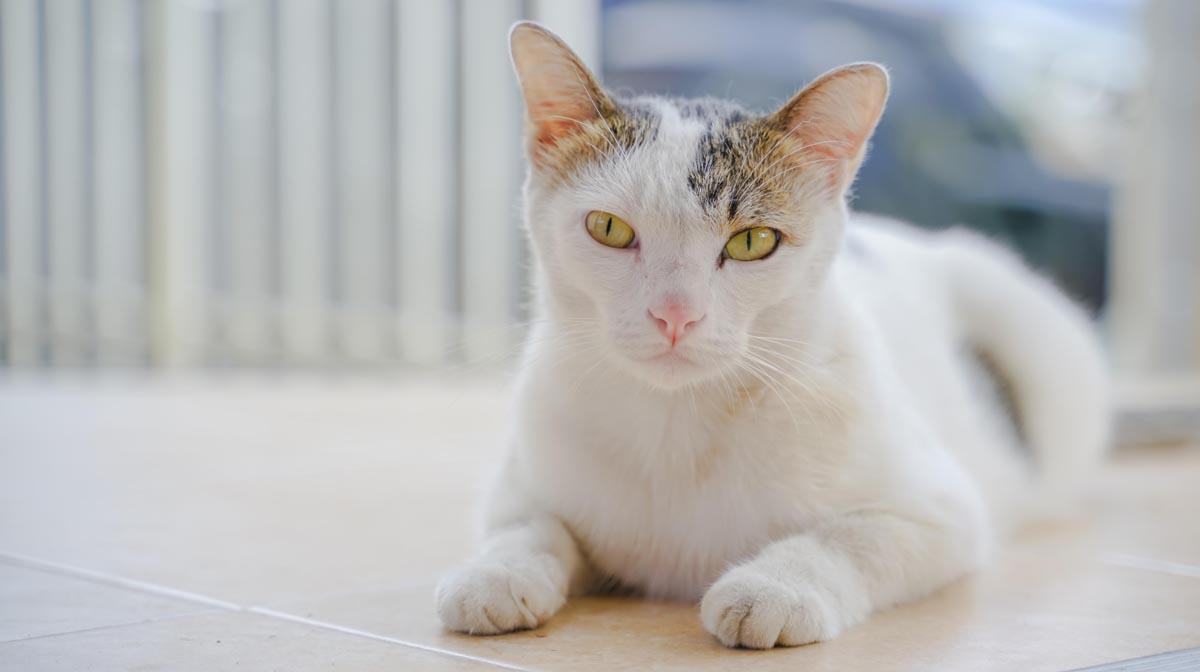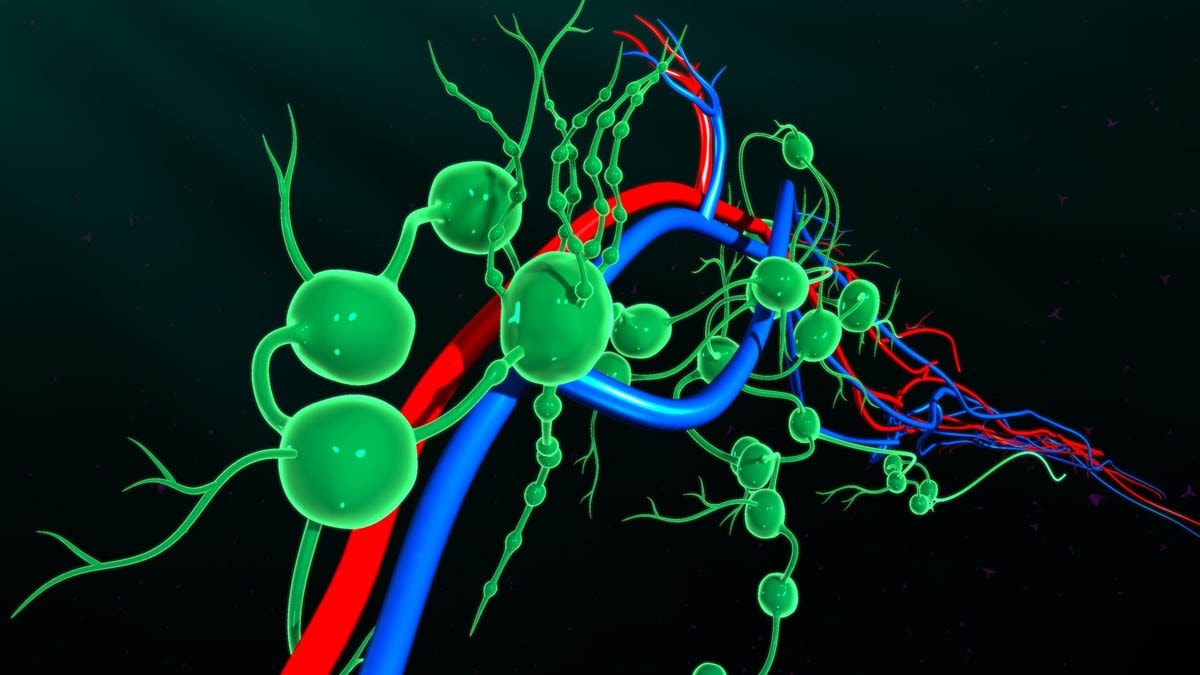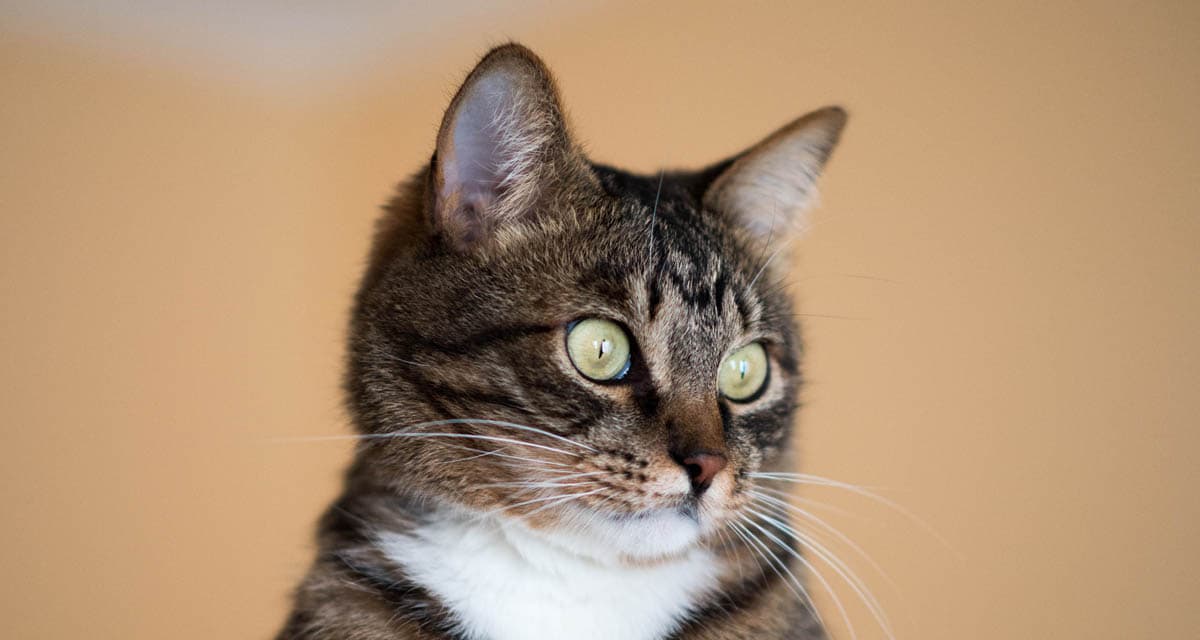Electric shock is a severe and life-threatening trauma that occurs when a cat is exposed to electricity. Chewing electrical cords is the most common cause of electric shock in cats. Kittens are at increased risk due to their inquisitive nature as well as their tendency to chew on everything, especially around teething time.
Cat Health Collection
Cat health articles. Browse our health collection for common and uncommon cat health issues.
Kitten Diarrhea: Causes and Treatment
Kitten diarrhea at a glance About: Diarrhea is the passage of loose and watery stools. Diarrhea is common in kittens, but should always be taken seriously as they can dehydrate quickly. Causes: Dietary indiscretion Milk (cows) consumption Sudden change in diet Protozoal infection (giardia, cryptosporidium, coccidiosis, Tritrichomonas fetus) Viral infection (FIV, FeLV, rotavirus, panleukopenia) Bacterial … Read more
Umbilical Hernia in Cats
What is an umbilical hernia?
An umbilical hernia is an opening in the abdominal wall at the site of the umbilicus (belly button). The umbilical cord attaches between the mother and her unborn kittens, passing from the placenta attached to the wall of the queen’s (mother cat) uterus through a hole in the unborn kitten’s abdomen known as the umbilical ring. Once the kitten is born, the umbilical ring should close within a few days, however, in some kittens, this doesn’t happen which can result in abdominal contents such as visceral fat and sometimes part of the small intestine protruding (or herniating) through it.
Salmonellosis in Cats
What is salmonellosis?
Salmonellosis is a bacterial infection caused by the Salmonella bacterium which typically lives in the intestines and is shed via the feces. Salmonella is a common cause of enteritis (inflammation of the intestines) with associated vomiting and diarrhea. Infection occurs in a wide range of animals which includes humans, wild animals, cats, dogs, farm animals, birds, fish, reptiles, and amphibians.
Folliculitis in Cats
What is folliculitis? Folliculitis is an inflammation or infection of the hair follicles, characterised by the presence of red bumps on your cat’s skin. The condition occurs when bacteria, which normally reside on the skin invade the hair follicle, usually due to damage caused by itching, scratching or inflammation. Feline acne, allergic dermatitis, mites, … Read more
Swollen Lymph Nodes In Cats
About
The lymphatic system is a series of tubular structures (similar to veins) known as lymphatic ducts which pick up excess fluid leaked from the blood capillaries, returning it to the bloodstream. As this occurs, the fluid (lymph) passes through the lymph nodes (bean-shaped organs), where bacteria, viruses, fungi, cancer cells and trapped and destroyed by white blood cells known as lymphocytes.
Paralysis in Cats
About Paralysis is a loss of muscle movement and feeling in a part of the body. It may be partial (paresis) or complete (paralysis) and can occur anywhere on the body. This article focuses on paralysis of the rear (hind) legs in cats. Several components of the body are involved in movement. These consist of, … Read more
Nipple and Breast Swelling in Cats
About
Cats have eight nipples, which run along the underside of the body in rows of two. Both female and male cats have nipples that are pale pink in colour and approximately 1cm in diameter. Nipples increase in size during both pregnancy and lactation.
Nipple and mammary gland (swelling) is a common symptom that has a number of causes. Female cats are more susceptible to nipple and mammary gland swelling than males and intact females are at the highest risk.
Always seek medical attention if you notice nipple or mammary gland swelling in a cat.
Eye (Ocular) Swelling in Cats
Eye swellings generally refer to the eyelids, the cornea (the clear, outer layer in front of the eye), and the conjunctiva, (a thin membranous layer surrounding the eye). Swelling can occur in one eye (unilateral) or both eyes (bilateral). See your veterinarian if you notice any swelling of the eyes.
Home Remedies For Cat Diarrhea
Diarrhea is the passage of watery stools and it is a reasonably common complaint in cats. There is a multitude of causes of diarrhea, some serious, some minor. It is always recommended that you should see a veterinarian if you notice your cat has diarrhea. However, many will try a wait and see approach first.

